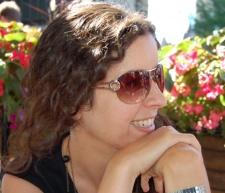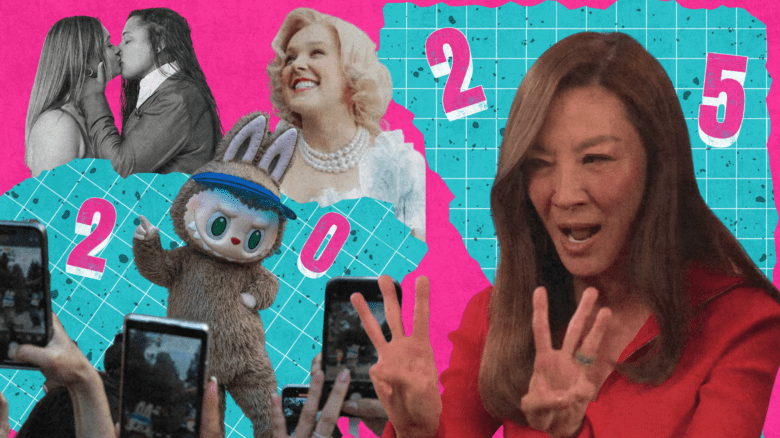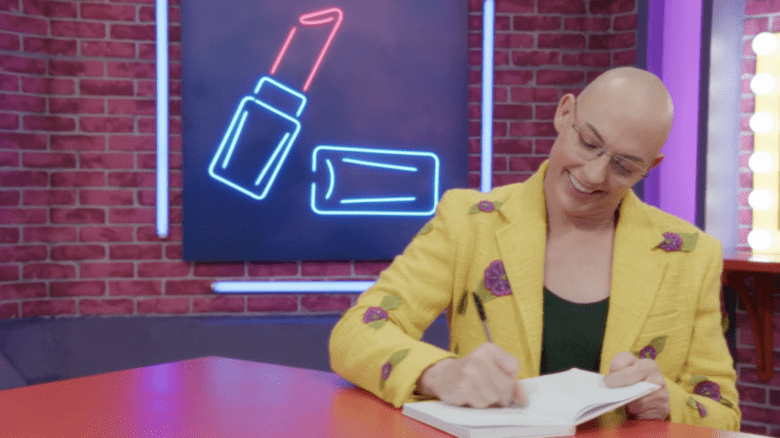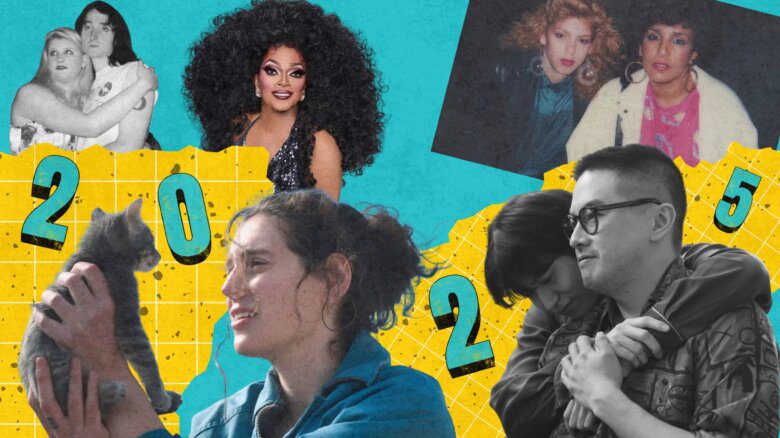For most of Canada’s history, queer lives stayed secret. Now, the National Capital Region’s Museum of Civilization wants to put our sexuality on display, by acquiring homo-related artifacts.
Rhonda Hinther, a curator at the museum, wants gays and lesbians to dig through their closets and find anything that relates to the queer experience in Canada. And it doesn’t have to be old.
“These things may seem like nothing,” she says, “but 100 years from now, they’ll be critical to understanding history.”
In the meantime, they might also be used for a proposed exhibit on Canadian sexuality.
So what’s Hinther looking for, exactly? “I would leave it up to people who define themselves as queer,” she says. That means anything from sex toys to feather boas.
Recently, Hinther acquired a rainbow flag used at a same-sex marriage demonstration on Parliament Hill, some videos from two lesbian performance artists in Winnipeg and a stash of political buttons from a professor at the University of Ottawa. The buttons contain slogans like ‘How Dare You Assume I’m Heterosexual’, ‘You Could Learn a Lot from a Lesbian’ and ‘Oral Majority’.
Before Hinther started asking for donations, she searched her museum’s vault to see what the institution already had. She typed terms like ‘gay’, ‘lesbian’ and ‘transgender’ into the institution’s database and came up with only one item: a condom from a First Nations resource centre. She also found the Canadian government’s notorious fruit machine at Canada’s War Museum.
But that’s it.
“The experience of gay, lesbian, bisexual and transgendered people is very limited in our collection,” Hinther admits.
Unfortunately, everyday people don’t think of their everyday objects as having value. “A lot of people don’t think of themselves as historical actors,” she says. But the museum doesn’t just want to preserve the history of prime ministers and public events.
“I’m interested in the way that the notion of sexuality has changed over time,” says Hinther. “How the unacceptable has become acceptable.”
And she’s anxious to include queer Canadians. “I see it as really important to be as broad as possible in what we mean by the history of Canadian sexuality.”
If you donate items to the museum, you don’t just get the personal satisfaction of giving to one of Canada’s top cultural institutions. Hinther says you’ll also get a tax receipt.
“I think a lot of people collect things and don’t know what to do with them,” says Hinther. So dust off that old matchbook from your first gay bar or that safe-sex pamphlet from the 1980s. Then email Hinther at rhonda.hinther@civilization.ca.

 Why you can trust Xtra
Why you can trust Xtra


